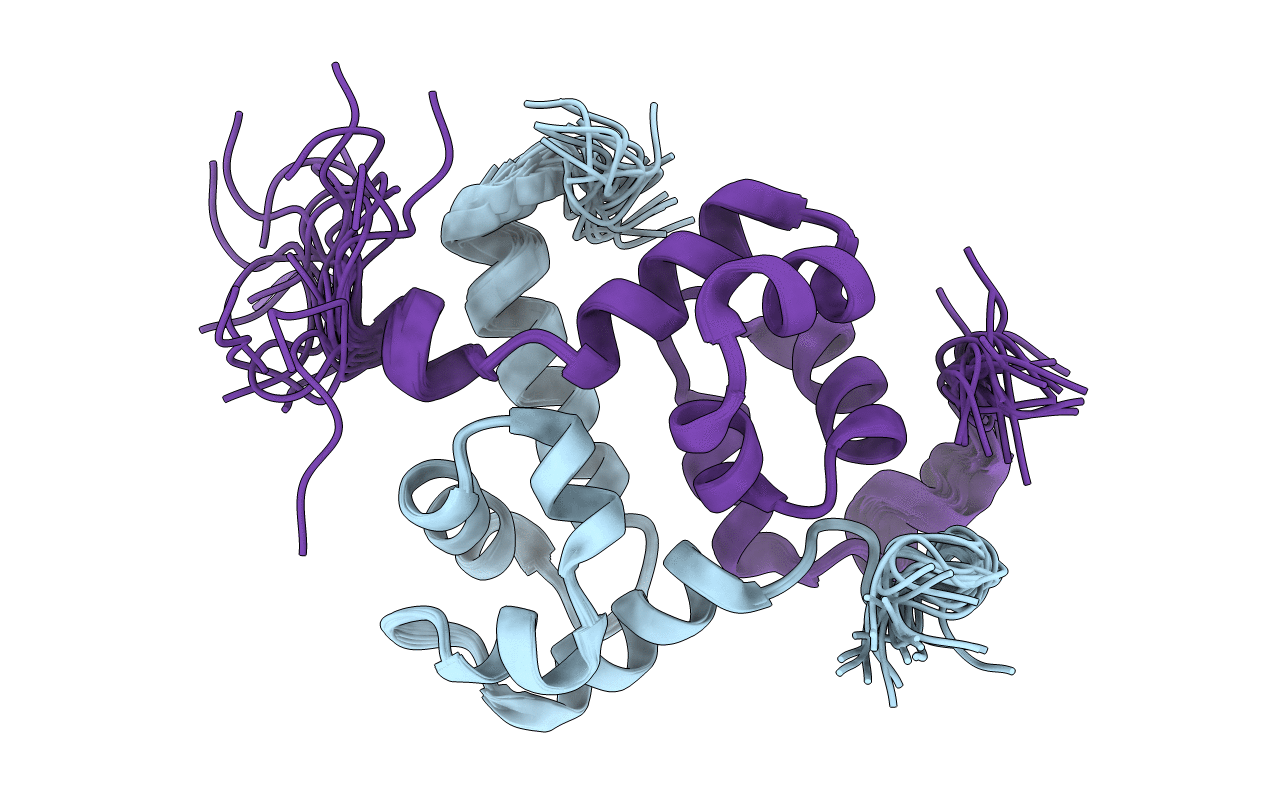
Deposition Date
2005-03-01
Release Date
2005-12-20
Last Version Date
2024-05-29
Entry Detail
PDB ID:
1Z00
Keywords:
Title:
Solution structure of the C-terminal domain of ERCC1 complexed with the C-terminal domain of XPF
Biological Source:
Source Organism:
Homo sapiens (Taxon ID: 9606)
Host Organism:
Method Details:
Experimental Method:
Conformers Calculated:
100
Conformers Submitted:
20
Selection Criteria:
structures with the lowest energy


